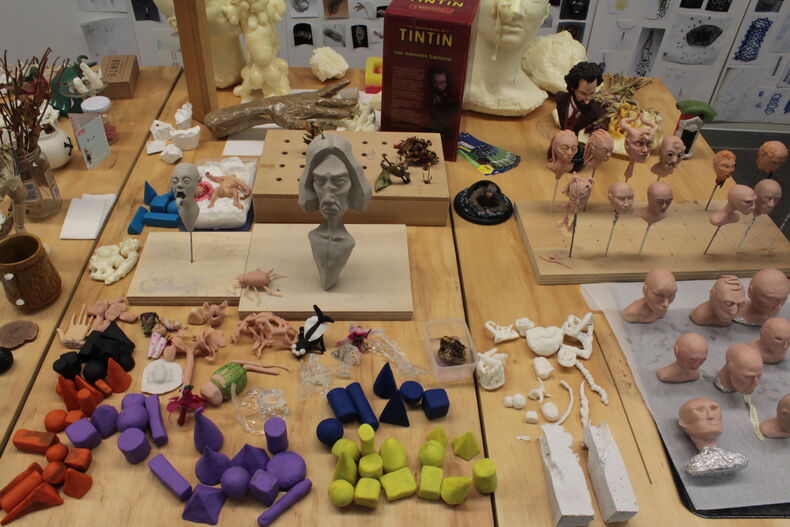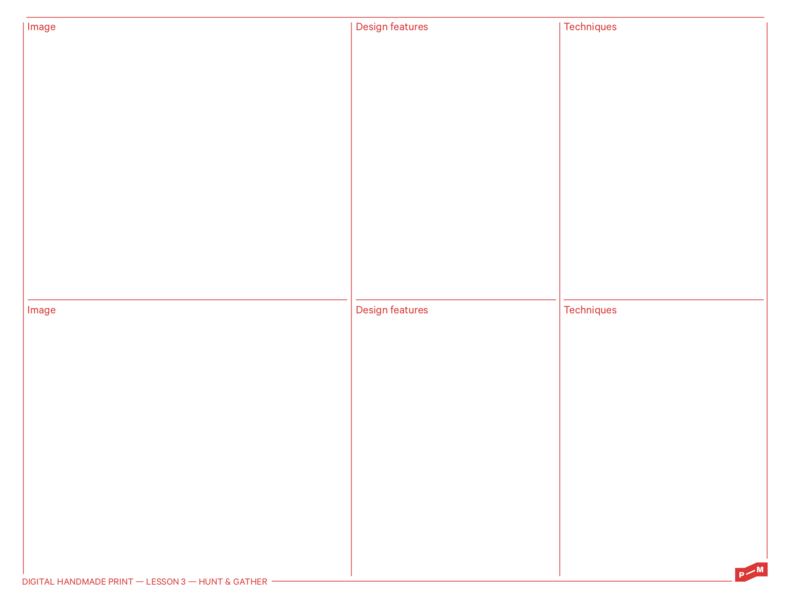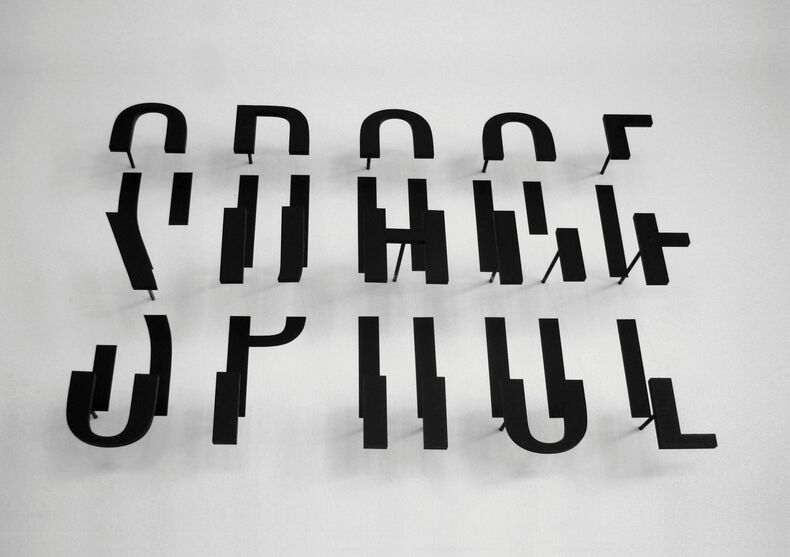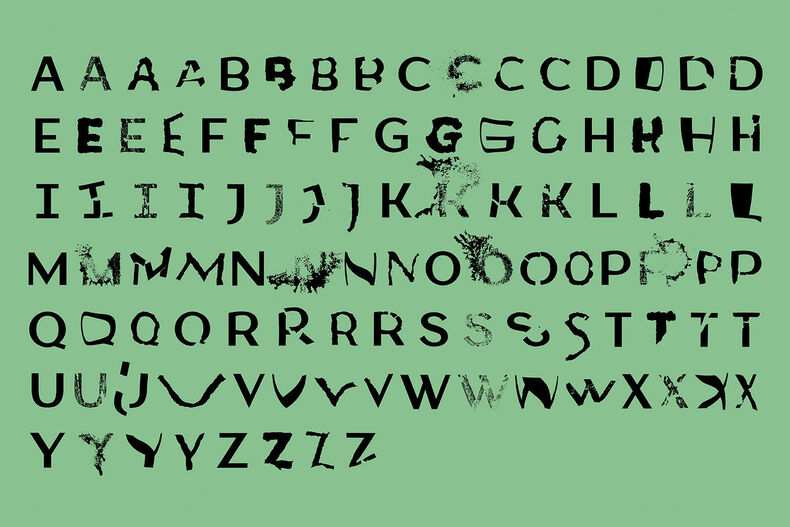- Laptop
- Pen
- Sticky notes
- Printer
1
Introduction
Now it’s time to go out on your own and find examples of work that you’re into. This can (and should) include your own previous work. We recommend spending half of your time exploring and the other half digging into your own creative heritage. And don’t be shy - go as far back as you can to rediscover things you have made or collected that still resonate with you.
Equipment
Guiding questions
Think about these questions as you work your way through the lesson:
Instructions
Gather work that resonates with you from as many different sources as you can. Take a look through your own personal work too. At this stage, try not to consciously filter too much, just keep it simple. If you like it, gather it. There are a few suggestions below and in the links, but be sure to do your own digging as well.
Consider:

Demelza's collection of strange 3D objects ...
The next step will be to analyse the work you’ve just gathered, but before we get to that, it can be useful to create a table with the image in one column and another two columns for the other information we’re going to record. If you find it hard to work digitally, consider printing the images and sticking them up on the wall, using sticky notes to get your thoughts down. Your thoughts can be drawings as well as words.

Task sheet - way cooler when you've filled it in!
Once you’ve gathered a selection of work you’re into, identify the specific features that drew you to it in the first place. Was it the form of a shape? The colour scheme? A texture? Maybe you like the typeface. In the first column, make a list of each feature. Fight the urge to say you just like all of it, and try to zoom in on the specifics so that when it comes to making your own piece, you’ll have an understanding of which pieces make up an attractive whole.

Anzac Tasker - we have a huge crush on how he plays with type and space in this work
What techniques can you identify that the designer used to create the work? In the second column, make a list for each image.

Eden Harris - awesome story behind how this typeface was made ...
Resources and people to stalk